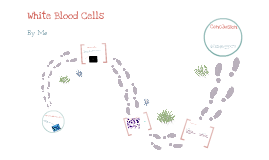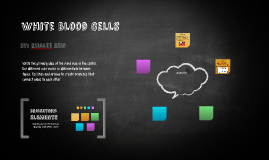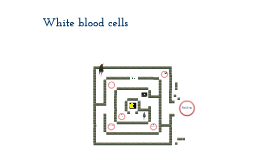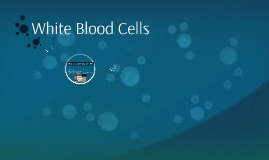White Blood Cells
Transcript: White blood cells are colourless, with clear or granulated cytoplasm, and are capable of independent movement. They occur in the blood, lymph, and elsewhere in the body's tissues. Unlike mature red blood cells they contain a nucleus. Whenever a germ or infection enters the body, the white blood cells snap to attention and race toward the scene of the crime. The white blood cells are continually on the lookout for signs of disease. When a germ does appear, the white blood cells have a variety of ways by which they can attack. Some will produce protective antibodies that will overpower the germ. Others will surround and devour the bacteria. The white blood cells have a rather short life cycle, living from a few days to a few weeks. A drop of blood can contain anywhere from 7,000 to 25,000 white blood cells at a time. If an invading infection fights back and persists, that number will significantly increase A consistently high number of white blood cells is a symptom of Leukemia, a cancer of the blood. A Leukemia patient may have as many as 50,000 white blood cells in a single drop of blood. A healthy adult human has between 4,500 and 11,000 white blood cells per cubic millimeter of blood White cell count also may increase in response to convulsions, strong emotional reactions, pain, pregnancy, labor, and certain disease states, such as infections and intoxication. As living cells, their survival depends on their continuous production of energy Some white cells can produce antibodies. Antibodies are specific chemicals that can attach to chemicals that do not belong to the body, such as toxins or chemicals on disease-causing bacteria. Chemicals that do not belong to the body are said to be ‘foreign’. If these chemicals cause the body to produce antibodies, they are called antigens. Once these foreign chemicals have contacted the blood, some white blood cells can retain the memory of the particular antibody that is needed for defence The next time the antibody is needed it is produced quickly and in large amounts to prevent the body being harmed – the body shows immunity to the disease. The End! Group:Adila,Adeeba,Jas,Samir,Dean,Harris Video of a real white blood cell White Blood Cells

















